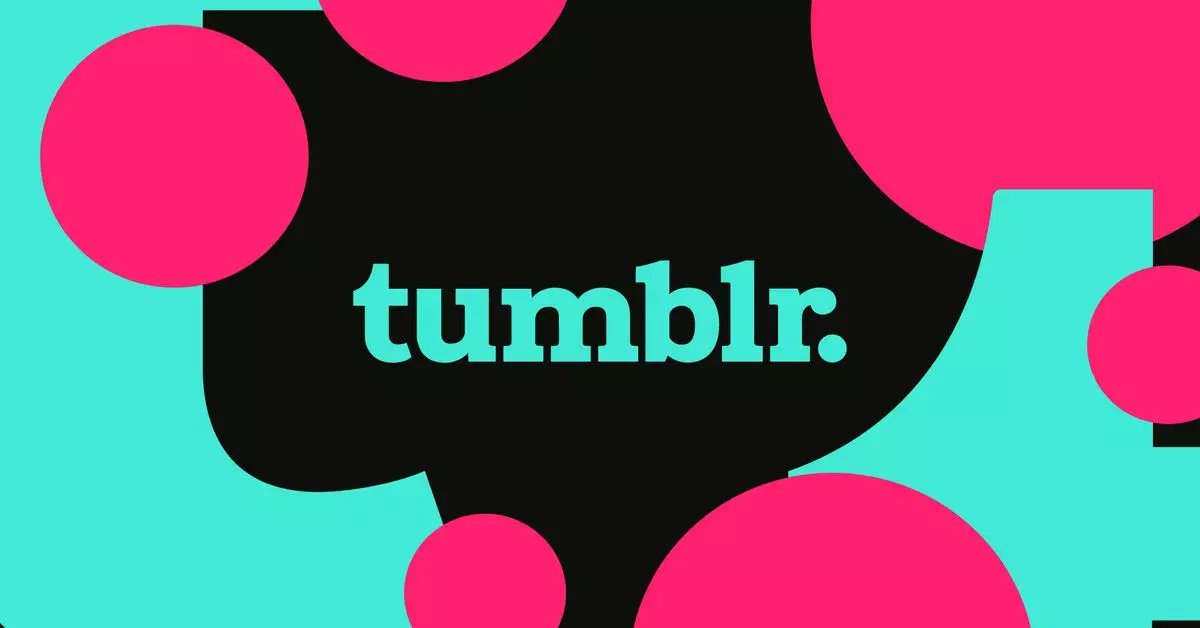Since its inception in 2007, Tumblr has established itself as a unique social platform where creativity and expression flow freely through text, illustrations, memes, and GIFs. Initially attracting a niche community of artists and writers, the platform thrived on its ability to foster visual storytelling. In recent years, however, it has faced unprecedented competition from dynamic social media giants like Instagram and TikTok, prompting it to re-evaluate its offerings. In this context, the launch of Tumblr TV offers fresh opportunities that could revitalize the platform in the crowded social media landscape.
What is Tumblr TV?
Tumblr TV is an innovative feature rolled out by the platform, serving as a new tab designed for video content along with its iconic GIFs. First introduced as a GIF-finding tool in 2015, it has now evolved into a hybrid content hub that provides a more immersive visual experience. Users will find that the tab is set up for new accounts by default while existing users must enable it manually. This strategic choice suggests Tumblr’s intention to lure new users while subtly introducing modern functionalities to long-time supporters.
The User Interface Experience
Navigating the Tumblr TV tab reveals an engaging grid layout showcasing both GIFs and videos. Each interaction allows users to like, comment, repost, or share content readily. Users can swipe up to transition between content seamlessly, mirroring the interface design popularized by modern short-video applications. While this refreshing take on navigation may seem appealing, it also runs the risk of saturating the platform with repetitive content akin to a group text filled with GIFs. Whether this interface can foster genuine engagement remains to be seen.
While some may hastily draw comparisons between Tumblr TV and TikTok, the two platforms are fundamentally different. TikTok’s algorithm-driven feed and intense focus on high-quality video production create a different user experience than that of Tumblr. The latter’s roots are steeped in user-generated content, making it a space known for its quirky charm. Tumblr TV’s effective integration of video content can differentiate it from its competitors, although striking a balance between GIFs and polished video content could be the key to its success.
As Tumblr embraces the evolution of digital communication, Tumblr TV could serve as both a boon and a challenge. For users seeking a vibrant community, its ability to morph into a multifaceted platform could be appealing. However, the question remains: can Tumblr cement its identity in a sphere increasingly dominated by short-form videos? If it manages to carve out a unique niche while retaining its beloved GIF culture, the future could be promising.
Tumblr TV marks an intriguing shift in how the platform can evolve to meet users’ changing viewing habits. For Tumblr to reclaim its position as a creative powerhouse, a keen execution of this feature will be essential, alongside a steadfast commitment to nurturing its creative community.

